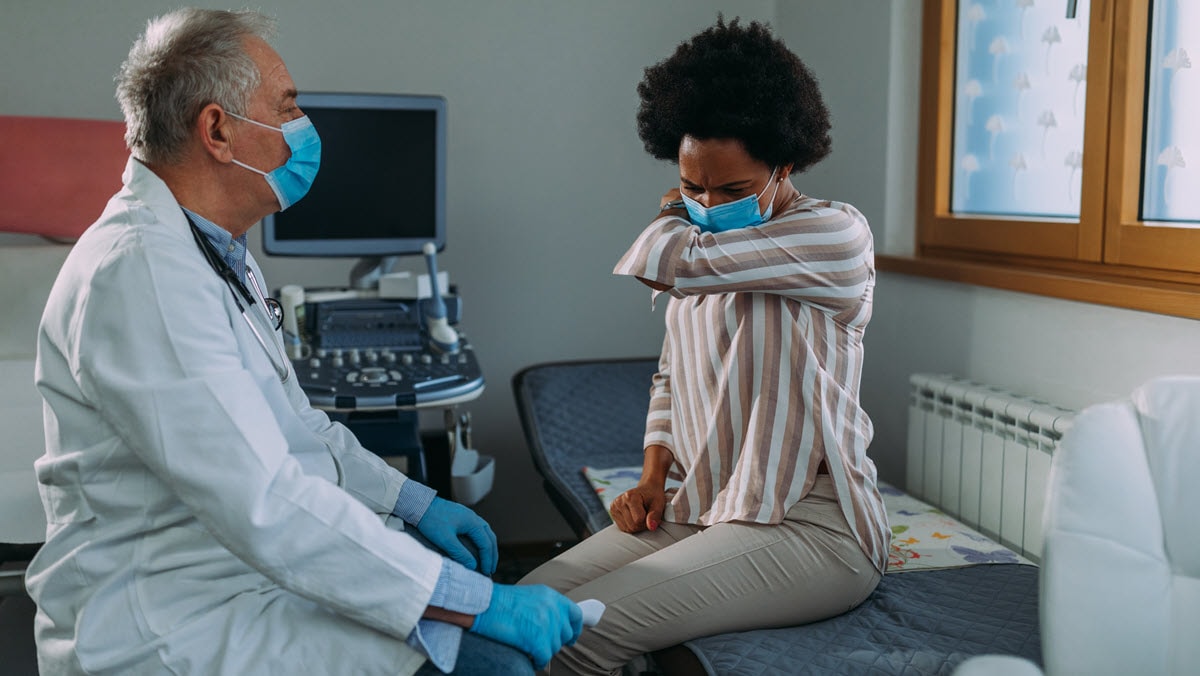Key points
- Symptoms of active tuberculosis (TB) disease depend on where the TB germs are growing in the body.
- Common symptoms of active TB disease include cough, pain in the chest, and coughing up blood or sputum (phlegm).
- People with inactive TB, also called latent TB infection, do not have symptoms of TB disease and cannot spread TB to others.

Signs and symptoms
Active TB Disease
Symptoms of active TB disease depend on where in the body the TB germs are growing. TB germs usually grow in the lungs (pulmonary TB).
Active TB disease in the lungs may cause symptoms such as:
- A bad cough that lasts 3 weeks or longer
- Pain in the chest
- Coughing up blood or sputum (phlegm) from deep inside the lungs
Other symptoms of active TB disease are:
- Weakness or fatigue,
- Weight loss,
- No appetite,
- Chills,
- Fever, and
- Sweating at night.
Symptoms of active TB disease in other parts of the body depend on the area affected:
- TB disease of the lymph nodes may cause a firm red or purple swelling under the skin.
- TB disease of the kidney may cause blood in the urine.
- TB meningitis (TB disease of the brain) may cause headache or confusion.
- TB disease of the spine may cause back pain.
- TB disease of the larynx may cause hoarseness.
Do you have symptoms of active TB disease?
Contact your health care provider or local health department and ask about TB testing.
Inactive TB
People with inactive TB do not have symptoms of TB disease. However, without treatment, they can develop active TB disease and become sick.
